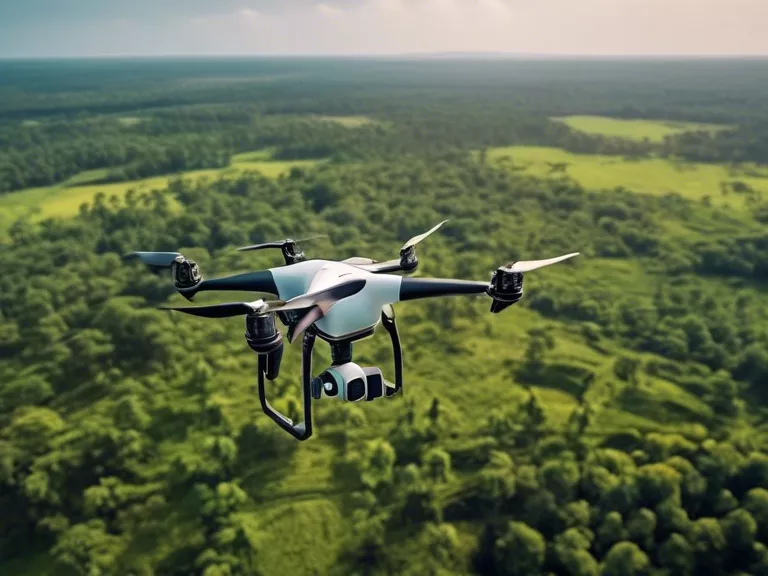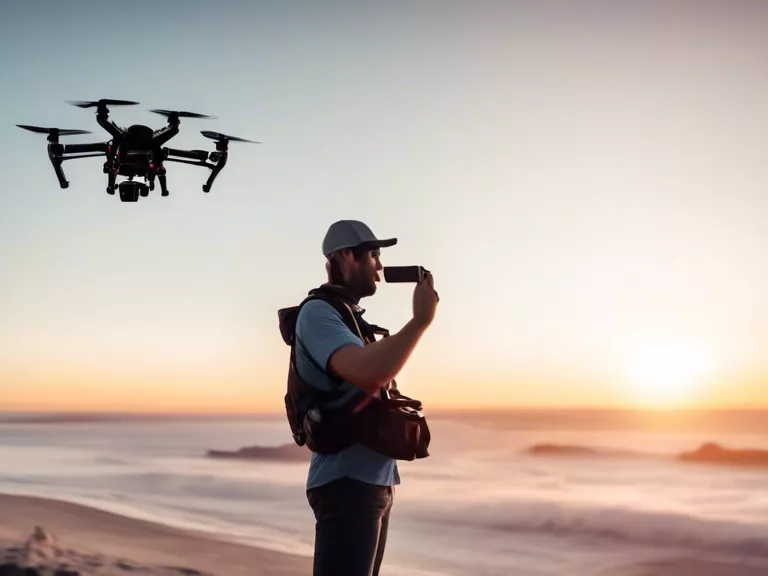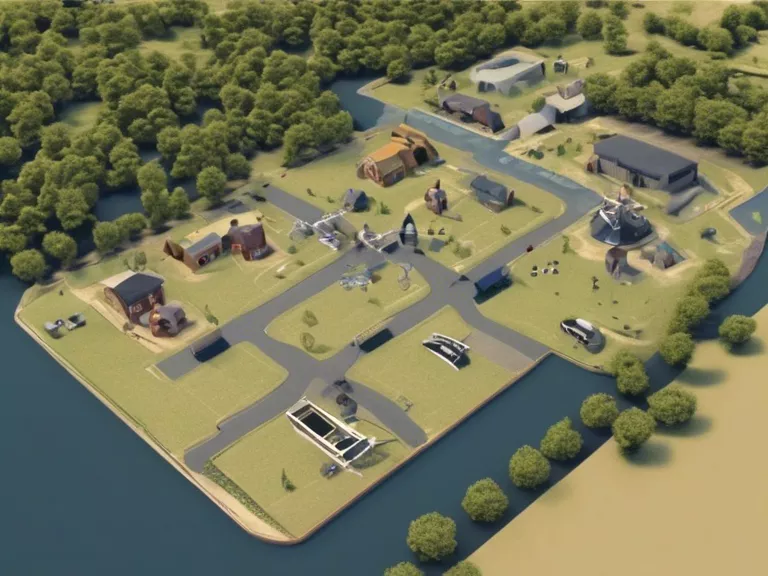
Drones have emerged as powerful tools in the realm of environmental conservation and monitoring efforts. Their ability to capture high-quality aerial imagery and data in hard-to-reach areas has revolutionized the way we study and protect the environment. From monitoring wildlife populations to assessing forest health, drones are playing a crucial role in advancing conservation efforts across the globe.
One of the key advantages of using drones for environmental conservation is their ability to reach remote and inaccessible areas. In the past, researchers and conservationists often faced challenges in monitoring wildlife and habitats in rugged terrains or dense forests. With drones, they can now easily survey these areas and collect data without disturbing the environment or putting themselves at risk.
Furthermore, drones equipped with specialized sensors can provide detailed information about the health of ecosystems. For example, thermal imaging sensors can detect heat signatures of animals, helping researchers track and monitor wildlife populations. Hyperspectral cameras can identify different plant species and assess the overall health of forests. This data is invaluable for making informed conservation decisions and implementing effective management strategies.
Drones are also being used for disaster response and recovery efforts. In the event of natural disasters such as wildfires or hurricanes, drones can quickly assess the damage to ecosystems and help prioritize conservation efforts. They can also be used to monitor the recovery process and track changes in vegetation over time.
Overall, drones are proving to be invaluable tools for environmental conservation and monitoring efforts. Their ability to capture high-resolution imagery, collect data in hard-to-reach areas, and provide real-time information is helping researchers, conservationists, and policymakers make more informed decisions to protect our planet.



